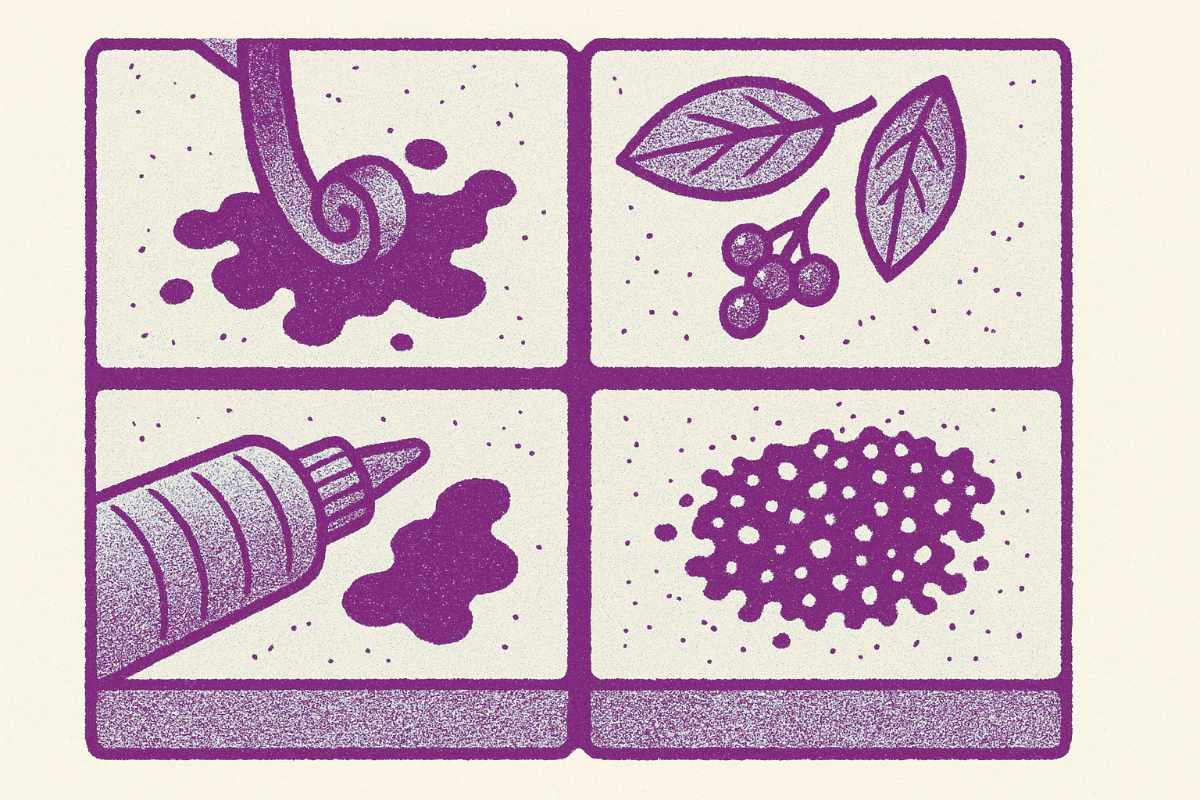What Stains Concrete Pavers

If you’ve just had a new patio, walkway or driveway installed, or are considering building one, you might be wondering what kinds of things can stain it and what’s not worth stressing about. The dense surface of concrete pavers is resistant to many stains, but there are some things that can leave a permanent mark.
Concrete pavers age gracefully
The truth is that even with stains, concrete pavers still look great. Some materials start looking really ugly as they degrade, other materials age gracefully. The mottled color of most pavers means a lot of subtler stains from food or organic material are not really very noticeable or worth worrying about. But, if you want a pristine patio, walkway or driveway for years to come, let's go over some of the things that can stain concrete pavers.
Common causes of stains
Similar to how some things will stain cotton clothing and other things wash out easily (for example, black coffee washes out surprisingly easily but turmeric stains quickly), some things will stain concrete pavers and others won't. Here’s a quick overview of what to watch for.
- Rust – Concrete is slightly alkaline, which means it can react with metals like iron. If a rusting object – such as a patio chair leg or tool – is left sitting in one spot, the iron oxide can bind with the surface of the paver, leaving an orange stain that doesn’t easily wash away.
- Organic matter – Leaves, berries, or grass clippings might not seem dangerous, but they contain tannins and natural pigments. When they sit wet on the surface (especially in shady or damp spots), these pigments can seep into the pores of the concrete and leave dark stains.
- Grease and oil – Concrete is porous. That means when oil or grease is spilled – say, from a barbecue or car – it can soak into the surface before you even have a chance to wipe it up. These stains are hard to remove because they’re trapped below the surface.
- Efflorescence – Brand new pavers sometimes develop a chalky residue on the surface known as efflorescence. This isn't really a stain but it can look like one. This happens when water-soluble salts in the concrete are drawn to the surface with moisture. The moisture then evaporates and we're left with just the residue. This effect will wear away in a period of weeks or months, depending on the level of traffic, but there are efflorescence removers that can speed up the process.
The important thing to understand is that concrete pavers are not sealed by default – they can absorb water, pigments, and oils. In many cases, stains can be cleaned or fade naturally.
Sealants
To protect the surface and maintain that new look, sealants work well. Paver sealants can even enhance the colour of your bricks, or give pavers a wet-looking, beautifully saturated just-rained-on effect.
These finishes will need to be re-applied every two to five years.
Earthworks does not provide sealing services, but we would be glad to recommend another contractor.
Replace stained bricks
If you end up with a stain that won’t come out, and you really want that stain gone, it is always possible to swap out individual bricks to make the area look new again. It is a bit of a challenge the replace individual bricks if they've been installed using polymeric sand, which binds the bricks together. But it is possible!
Removing one or two pavers is done by cutting those pavers into smaller pieces and carefully chiseling out the loose pieces. We then clean off the polymeric sand from adjacent pavers and fit in new pavers and new sand. If it's part of a larger project, it's not a big deal, but it's usually not worth it as a stand-alone project. That said, to you, it might be completely worth it. Send us an email and we can give you a quote.



